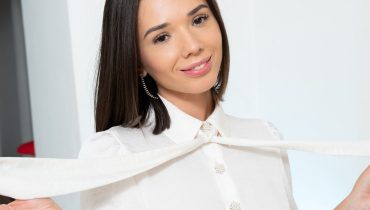Although deadlifts are a great exercise that can increase your strength, if you have lower back discomfort after deadlifting something could be wrong with your form or technique. Not to worry; this is a typical problem that trainers report is typically fixable with little tweaks.


Certified trainer Mike Evans states “poor form often causes lower back pain following deadlifts.” Usually, it comes from rounding the back or overloading too much too quickly.

Why It Happens

One of the most often occurring errors in lifting is rounding the spine. When your back isn’t straight, the pressure moves away from your legs and onto your lower back, which can cause pain or damage.

A weak core could also lead to overcompensation of your lower back. “A strong core stabilises your spine during deadlifts, so if you’re not engaging your core, your back takes the toughest of the loads,” Evans says.

Lifting Too Heavy: Still another offender? Greater weight than your body is ready for. Your form deteriorates and your risk of lower back pain rises when you overload too rapidly.

How can I fix it?


The good news is that deadlifts allow for easy approaches to treat and avoid lower back discomfort. Check first that your form is on target. The following is how:

Hinge from Your Hips: To drop yourself down to the barbell instead of bending at the waist, hinge at the hips.

Keep your spine neutral; prevent allowing your shoulders curve forward throughout the movement.

As you lift to assist in back support, contract your core muscles.

At last, concentrate on strengthening your core and back using planks, bird dogs, and rows as accessories. And keep in mind, Evans advises, “Don’t be scared to start by mastering your form and lightening the load. The strength will materialise with time.































































